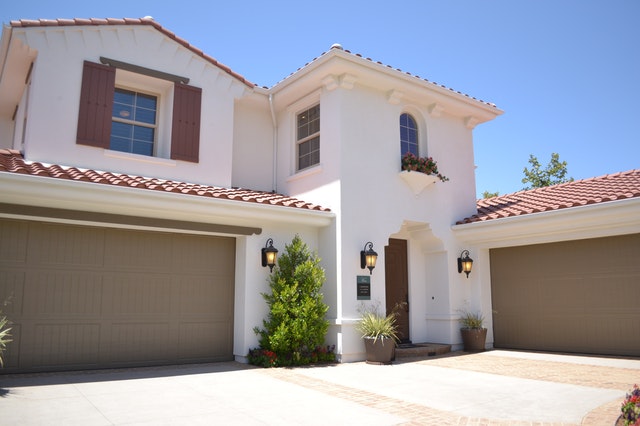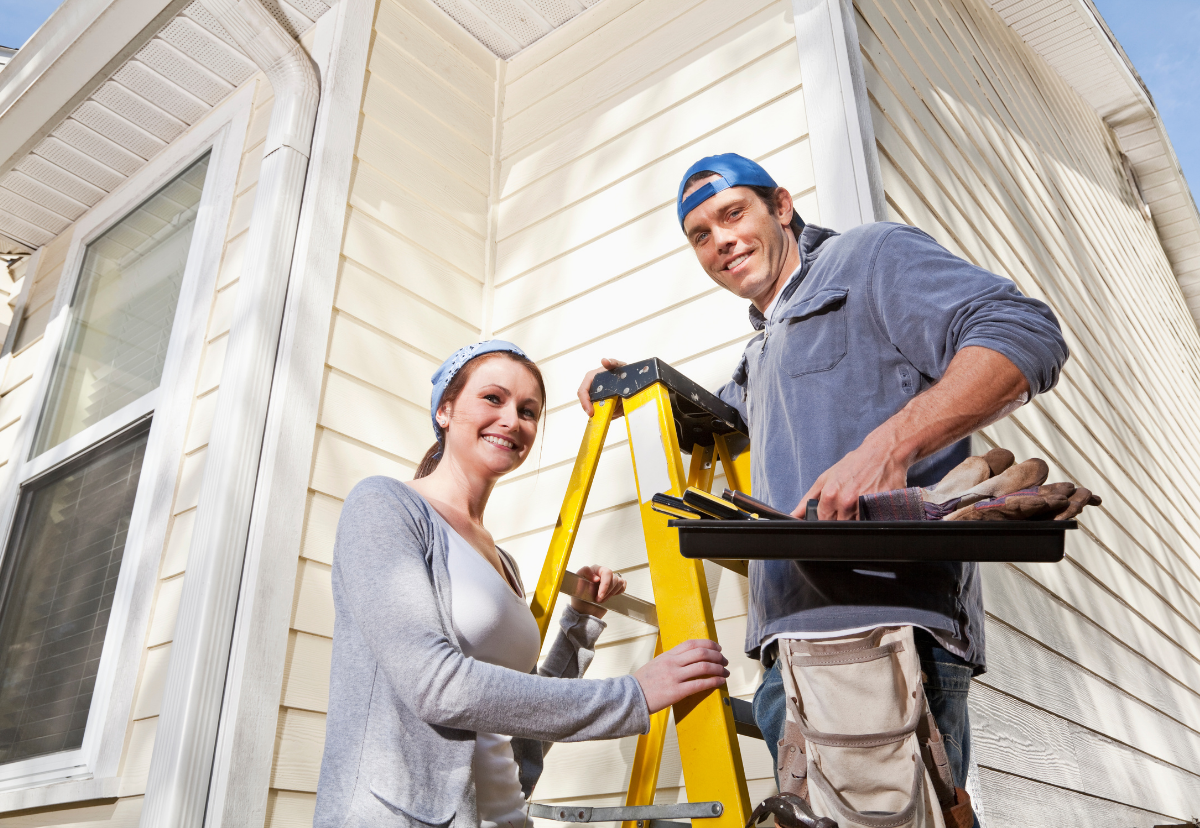Why Purchasing A House In 2022 Is Smart Despite Inflation
 Anyone who has paid attention to the news has likely noticed that inflation is a constant headline. Inflation takes place when the average cost of goods and services begins to rise. There are a number of reasons why inflation has been rising at record rates during 2021 and 2022.
Anyone who has paid attention to the news has likely noticed that inflation is a constant headline. Inflation takes place when the average cost of goods and services begins to rise. There are a number of reasons why inflation has been rising at record rates during 2021 and 2022.
The federal government has pumped money into the economy, and supply chain constraints have led to a shortage of goods. This means that everything from cars to groceries has gotten more expensive. Many individuals and families are looking for ways to save money, and this might mean putting off homeownership dreams. Even though housing prices have gotten more expensive as well, inflation should not stop someone from trying to buy a house in 2022.
Owning A Home Offers Financial Security
One of the biggest reasons why people should consider buying a house in 2022 is that owning a home offers financial security. Those who lock in a fixed-rate mortgage could pay the same mortgage premium for decades. Even though it is possible that real estate taxes and home insurance rates could rise, the mortgage payment will stay the same. Individuals who stay in their houses for 30 years might see their income go up as they get promoted at work. This means that they will have more money to put elsewhere with a consistent mortgage payment.
Those who put off owning a home could see their rents go up every year. Many apartment complexes and landlords raise the rent consistently to keep up with rising inflation. Becoming a homeowner simply offers more financial security.
Owning A Home Acts As A Hedge Against Inflation
When inflation goes up, the average value of a single dollar goes down. It is critical for everyone to think about how they can hedge this risk, which means putting their money where it is unlikely to lose value. Putting that money in a home is a great decision. Because housing prices could increase, the value of the money in that house will go up as well. Furthermore, with interest rates on mortgages extremely low, buying a house becomes an even better inflation hedge. The best way to combat inflation is to have a fixed expense, such as a mortgage payment.

 Many first-time homebuyers are having a difficult time finding the right purchase. Therefore, a new trend is catching on. Some people are renting in the city, where property values are more expensive. Then, they buy a vacation home in the suburbs. Is it smart to buy a second home as a first home?
Many first-time homebuyers are having a difficult time finding the right purchase. Therefore, a new trend is catching on. Some people are renting in the city, where property values are more expensive. Then, they buy a vacation home in the suburbs. Is it smart to buy a second home as a first home?  A home is an investment, so it is important to treat it as such. The best time to capitalize on a home’s value is when it is sold. Therefore, it is important to take care of it with some simple home maintenance tips. There is a common misconception that if something is working well, it does not need to be fixed; however, it is always better to prevent problems from happening than to fix them after they have appeared. The average homeowner should spend between one and four percent of a home’s value per year to keep it in excellent condition. There are several key home maintenance tips that homeowners need to keep in mind.
A home is an investment, so it is important to treat it as such. The best time to capitalize on a home’s value is when it is sold. Therefore, it is important to take care of it with some simple home maintenance tips. There is a common misconception that if something is working well, it does not need to be fixed; however, it is always better to prevent problems from happening than to fix them after they have appeared. The average homeowner should spend between one and four percent of a home’s value per year to keep it in excellent condition. There are several key home maintenance tips that homeowners need to keep in mind.